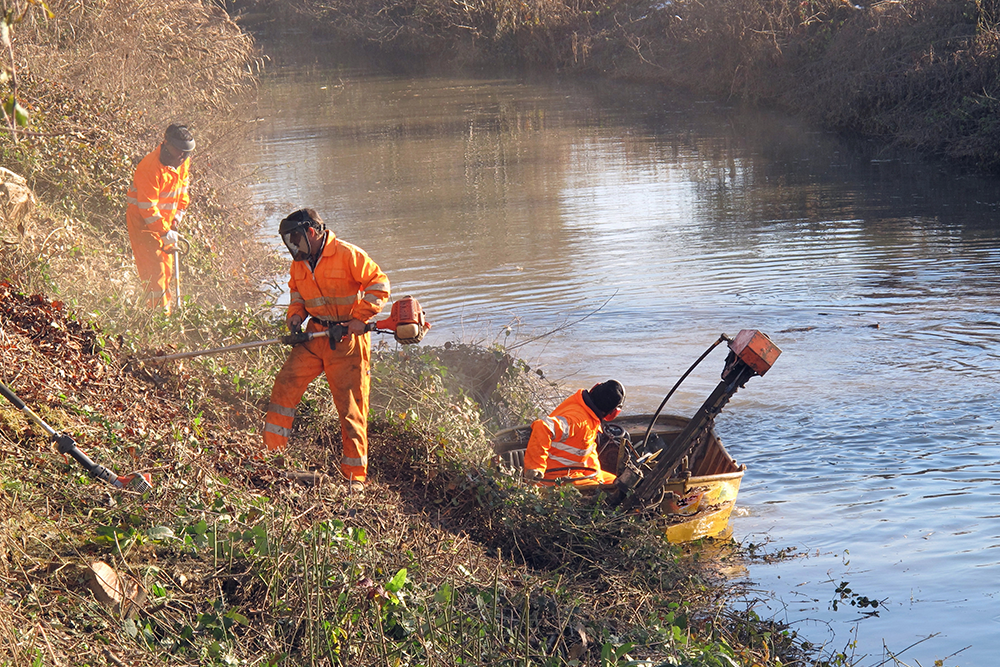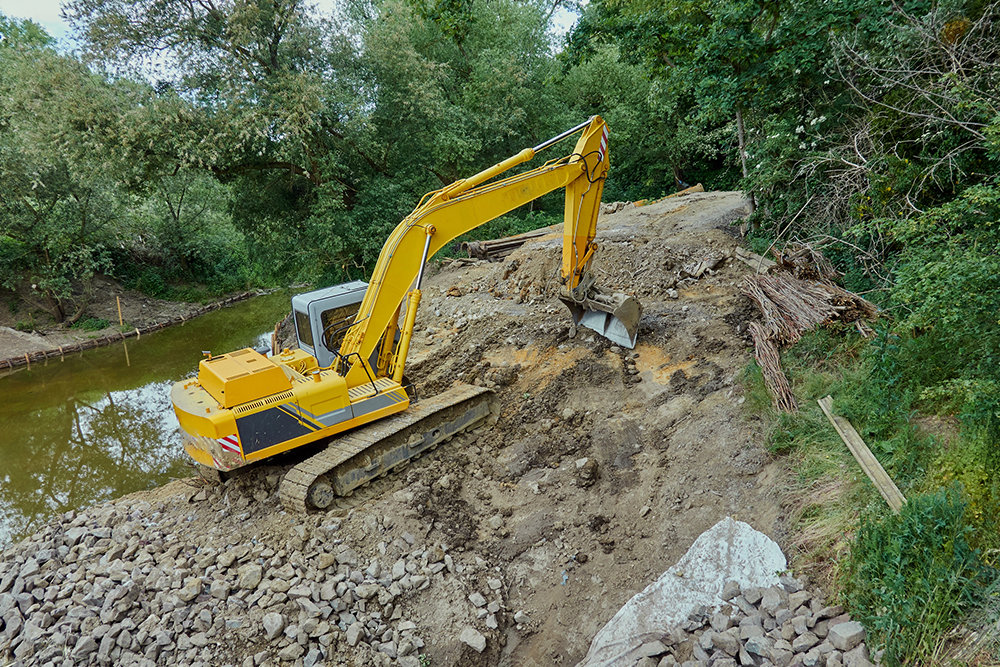What Is Environmental Restoration?

Environmental restoration involves recovering damaged or degraded ecosystems to restore their original function and health. This includes efforts to rehabilitate forests, wetlands, lakes, and urban areas impacted by human activities or natural disasters.
The goal is to reverse environmental degradation and bring balance back to ecosystems that have been disrupted. This allows communities to benefit from cleaner air, safer water, and healthier landscapes while mitigating climate change’s effects.
The Purpose of Environmental Restoration
Environmental restoration serves a fundamental purpose in maintaining the delicate balance of our ecosystems. Over time, natural areas can become compromised due to human activity, including deforestation, pollution, and poor land management practices.
Environmental restoration focuses on reversing these damages, whether by planting trees, cleaning up polluted waterways, or reclaiming land that has been degraded. It allows nature to recover in a way that can support long-term ecological health.
In many cases, ecosystems, once restored, will continue to share valuable benefits. Healthy ecosystems produce fertile soils, greater biodiversity, and larger carbon stores. All of these factors can contribute to a more sustainable future.
The restoration of an ecosystem does not necessarily mean returning it to its original state. Instead, it involves helping the ecosystem become functional again. Thus, it can meet the needs of local communities, wildlife, and the environment.
Common Methods of Environmental Restoration
- Reforestation and Afforestation
One of the most common restoration methods involves the planting of trees in areas where forests have been cut down or degraded. This is called reforestation. In some cases, where forests have never existed, afforestation is employed to create new forests in previously non-forested areas. These methods are essential for combating deforestation and the loss of biodiversity.
- Wetland Restoration
Wetlands play a key role in the health of ecosystems by providing flood control, filtering pollutants, and supporting wildlife. Restoration efforts often involve restoring natural water flow and removing invasive plant species. In some cases, wetlands are created where they have previously been drained or destroyed.
- Soil Remediation
Soil degradation is a widespread issue, often caused by overuse in agriculture, contamination from industrial activities, or the spread of invasive species. Remedial construction techniques, such as soil aeration, organic matter addition, and bioremediation, help restore soil health. These efforts are important for improving land productivity and preventing future soil erosion or contamination.
- Waterway and Coastal Restoration
Polluted water bodies, including rivers, lakes, and coastal areas, often require substantial restoration efforts. Cleanup methods include removing contaminants like heavy metals, plastics, and agricultural runoff. Waterways are then restored by controlling water flow, removing invasive species, and enhancing biodiversity.
- The Role of Licensed Contractors in Restoration Projects
Licensed contractors are integral to the success of environmental restoration. These professionals bring specific expertise that is necessary for assessing environmental damage and implementing corrective actions.
For example, in a remedial construction project, licensed contractors make sure that all work complies with local, state, and federal regulations. This includes the safe removal of hazardous materials, managing contaminated sites, and restoring impacted infrastructure.
Licensed contractors use cutting-edge technology to assess contamination levels, design remediation strategies, and oversee the entire restoration process. Their work often involves coordinating various stakeholders, such as environmental agencies, local governments, and property owners, to secure the success of the project. Effective project management and knowledge of industry standards are vital for achieving optimal results.
- Remedial Construction: Bridging the Gap Between Restoration and Rebuilding
Remedial construction is often required when environmental degradation has caused structural damage to buildings, roads, or utilities. The process involves the restoration of these structures while also guaranteeing they meet updated environmental standards. This type of construction focuses on repairing or rebuilding infrastructure in a way that minimizes its environmental impact.
For example, in areas affected by soil contamination, remedial construction may include the removal of toxic soil and the use of eco-friendly materials for rebuilding. These efforts help to create safer and more sustainable environments for both people and wildlife.
Why Is Environmental Restoration Important?
Environmental restoration creates a better future. Restoration efforts help prevent further damage to the environment. They promote sustainability by mitigating the effects of climate change and reducing the risk of natural disasters.
Restoration projects also create economic opportunities by improving the health of agricultural land, water sources, and ecosystems that communities depend on for their livelihoods. For example, rehabilitated wetlands help with flood control. Meanwhile, restored forests contribute to timber production and carbon sequestration.
- Ecosystem Restoration and Climate Change Mitigation
One of the significant benefits of environmental restoration is its role in combating climate change. Ecosystems such as forests and wetlands naturally store carbon dioxide, a major greenhouse gas. Restoring these ecosystems can increase their carbon storage capacity and help to reduce the amount of carbon in the atmosphere.
In fact, it is estimated that the restoration of 350 million hectares of degraded terrestrial and aquatic ecosystems could remove up to 26 gigatons of greenhouse gases from the atmosphere. The long-term economic benefits of such restoration efforts far exceed the cost of investment. This makes ecosystem restoration an effective and economically viable solution for addressing climate change.
- The Economic Benefits of Restoration
The economic value of environmental restoration is often overlooked. Restoration projects have the potential to create significant economic returns by improving the quality of natural resources. They boost biodiversity and increase the resilience of ecosystems to environmental stressors. In fact, it is estimated that for every dollar spent on restoration, there is a return of at least nine times the investment in ecosystem services.
From a practical standpoint, restoration can also reduce costs related to damage control, such as flood mitigation or the cleanup of toxic materials. It also offers communities the opportunity to participate in new industries, such as eco-tourism, and create jobs in sectors related to environmental conservation.
- Restoration for a Better Tomorrow
Environmental restoration is an investment in the future. With this approach, we heal the environment and maintain a healthier, more sustainable world for generations to come. Restoration efforts are a powerful tool for addressing the challenges of climate change, improving public health, and enhancing biodiversity.
Coleman Environmental Engineering, LLC recognizes the importance of these efforts and is dedicated to helping our clients achieve lasting environmental recovery. Our team is ready to guide you through every stage of the restoration process. We make sure that your property is revitalized for the future. See our projects to understand how we can help. Contact us today.

